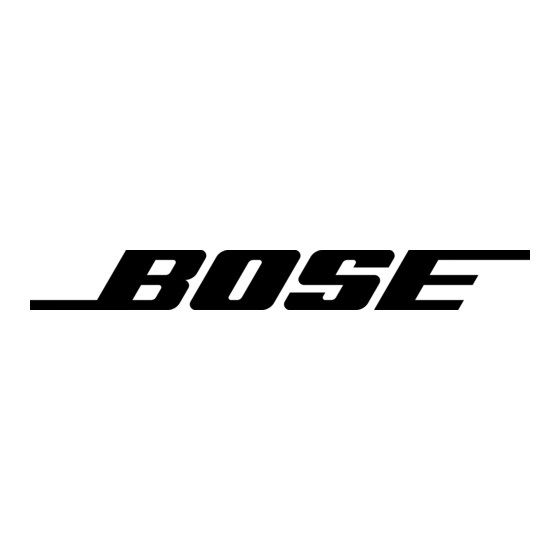2.16 Audio Signal Path Flow
All audio input must come into the bass module via the S/PDIF input on the RJ-45 connector. This
signal is received and converted into two channels of audio data in serial format using a single
data line that carries both the left and right audio sample data, one after another, a frame clock (to
tell whether the data is right or left), and a bit clock. The S/PDIF receiver also generates a Master
audio clock, running at 256 times the audio sample rate. Also, useful information embedded in the
S/PDIF stream, such as pre-emphasis on/off and compressed data on/off, are stripped out and
communicated to the Sharc.
The two channels of audio, whether they are stereo PCM information or compressed multichannel
audio, are sent to the CS49329 (U103) Compressed Audio Decoder. The format of the incoming
data is determined and the Sharc downloads the appropriate decompression program to the
CS49329 (either PCM pass-thru, AC-3, or DTS). The CS49329's DSP then performs the neces-
sary decompression and recovery of the audio data and sends up to 6 channels of audio out on
three separate serial data lines, using the same serial format as the S/PDIF receiver.
The up-to-six channels of audio from the CS49329, along with their corresponding audio clocks
are inputted into the Sharc, where Videostage
limiting, tone controls, volume, etc. are performed on them. The audio data is processed in 256
sample blocks such that one block of audio data is being fed out to the D-to-A converter while the
next block is being processed.
The Sharc sends the up-to-six channels of audio out to the audio codec whose D-to-A converters
generate the analog audio signals that end up at the audio power amplifiers.
2.17 Signal Processing
The details of the signal processing are beyond the scope of this document, and only a general
overview of the processing is presented here. There are no user controls on the bass module as
all volume, tone, etc. control is accomplished via the head-end and remote control.
The basic signal processing (EQ and Videostage 5) are essentially identical to that used in the
®
Lifestyle
Series II digital bassboxes. As with the Series II systems, volume and tone control,
dynamic equalization, etc. all accomplished in the digital domain. The compressed format audio
streams (AC-3 and DTS) are decoded by a separate DSP from the Sharc used to perform the
®
Bose
processing.
2.18 Power On and Boot Up Sequence of Events
When power is first applied, the Sharc boots and loads/executes the first set of instructions found
in the FLASH memory. This code is very basic and only runs power on self tests (POST) that
check basic communications with all the hardware peripherals (U2, U103, U301, U302, U303, and
U401) and computes the version and checksum of the code in FLASH. If all appears to be "well",
the Sharc reboots and loads the actual program code that makes it function as a LS28/35 bass
module. If the POST fails, the Sharc signals this by rapidly flashing (approx. 3Hz rate) the amber
and green LEDs alternately for a couple of seconds and then performs a Reset and tries again.
Theory of Operation
®
processing, equalization, dynamic equalization,
19
PS18/28/35 Troubleshooting Guide

